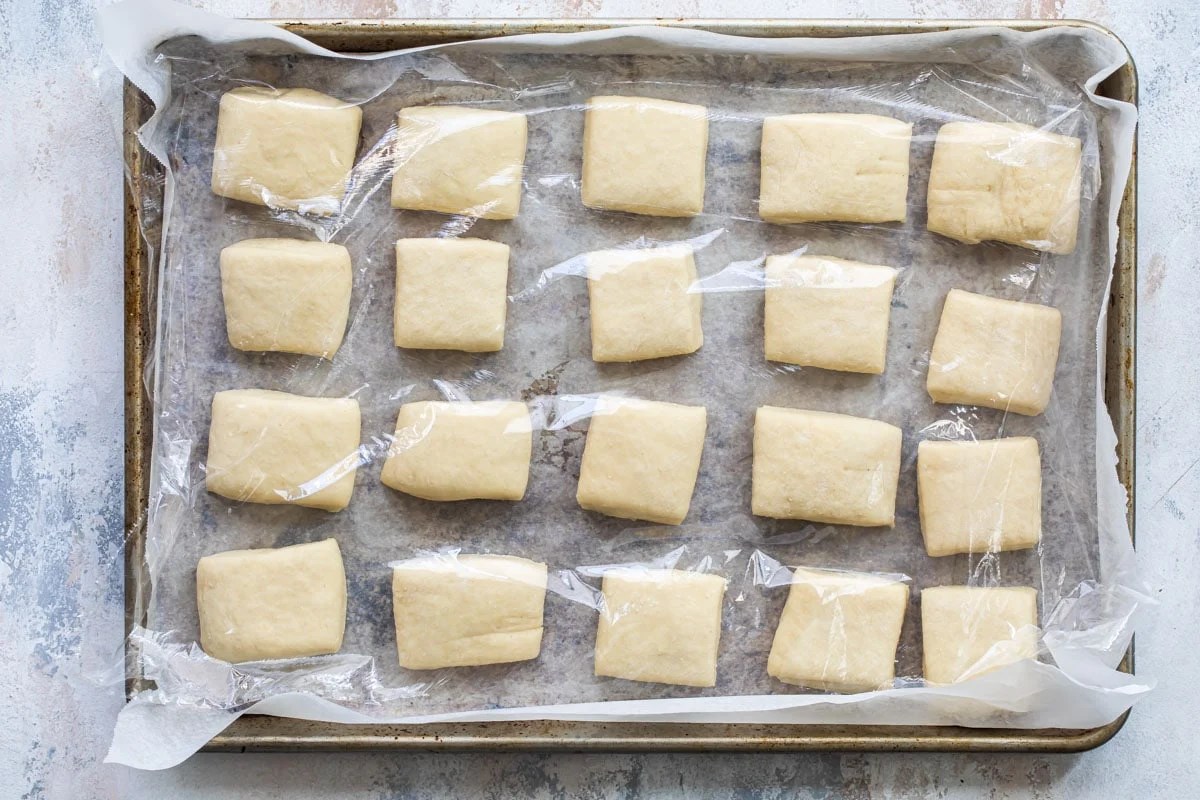

Articles
How To Store Beignet Dough
Modified: December 7, 2023
Learn how to store beignet dough for later use with these helpful articles. Keep your dough fresh and ready to fry whenever you're craving some delicious beignets.
(Many of the links in this article redirect to a specific reviewed product. Your purchase of these products through affiliate links helps to generate commission for Storables.com, at no extra cost. Learn more)
Introduction
Beignets are a popular French pastry that are deep-fried to perfection, resulting in a deliciously light and fluffy treat. Making beignets from scratch can be a labor of love, requiring time for the dough to rise and for the pastries to be fried. But what if you find yourself with leftover beignet dough that you don’t want to waste?
In this guide, we will explore how to store beignet dough to keep it fresh for later use. Whether it’s a small batch of dough that you want to save for tomorrow’s breakfast or a larger amount for future occasions, we’ve got you covered.
By following the steps outlined in this article, you’ll be able to enjoy homemade beignets anytime you want, without the need to start from scratch each time. So let’s dive in and learn how to properly store your precious beignet dough.
Key Takeaways:
- Store beignet dough in the refrigerator for 24-48 hours or freeze it for up to 1-2 months to enjoy homemade beignets at your convenience, without the need to start from scratch each time.
- Thaw frozen beignet dough in the refrigerator for 4-6 hours or overnight, then let it sit at room temperature for 30 minutes to 1 hour before rolling, cutting, and frying to golden perfection.
Read more: How To Store Beignets
Step 1: Preparation
Before you can store your beignet dough, it’s essential to have the right tools and ingredients ready. Here’s what you’ll need:
- Beignet dough: Make sure you have prepared the dough according to your favorite recipe or have leftover dough from a previous batch. Ensure that the dough is well-made and has had enough time to rise.
- Plastic wrap or airtight container: These will be used to cover and seal the beignet dough for storage.
Once you have gathered all the necessary items, you’re ready to move on to the next step.
Step 2: Wrapping the Dough
Properly wrapping the beignet dough is crucial to maintain its freshness and prevent it from drying out. Follow these steps to ensure your dough stays in perfect condition:
- Dust a clean work surface with flour and place the dough on it.
- Divide the dough into smaller portions, depending on your preference or the amount you want to use in the future.
- Shape each portion of the dough into a smooth ball by folding the edges towards the center and then rolling it gently.
- Place the dough balls on a baking sheet lined with parchment paper.
- Cover the baking sheet with plastic wrap, making sure it’s tightly sealed to prevent any air from getting in.
Alternatively, you can also use individual containers or zip-lock bags to store each portion of dough separately. The key is to ensure that they are airtight and securely sealed.
Once the dough is wrapped and sealed, you’re ready to move on to the next step and choose the storage option that suits you best.
Step 3: Storing Options
Now that your beignet dough is wrapped and ready for storage, it’s time to decide how you want to store it. There are two primary options: refrigerating and freezing. Let’s explore each option:
Option 1: Refrigerating the Dough
If you plan on using the dough within the next 24-48 hours, refrigeration is the way to go. Here’s how to do it:
- Place the wrapped dough in the refrigerator, ensuring it is placed in an area where it won’t be disturbed.
- Keep the dough refrigerated until you’re ready to use it.
Refrigerating the dough helps slow down the fermentation process and keeps the yeast from over-activating. This option is perfect if you’re planning to enjoy your beignets in the near future.
Read more: How To Store Beignets Overnight
Option 2: Freezing the Dough
If you want to store the dough for an extended period, freezing is the best choice. Follow these steps:
- Place the wrapped dough in a freezer-safe bag or container.
- Label the bag or container with the date to keep track of its freshness.
- Store the dough in the freezer for up to 1-2 months.
Freezing the dough preserves the freshness and quality for a more extended period. This allows you to enjoy homemade beignets at your convenience, whether it’s a week or a month later.
Now that we’ve explored the different options for storing beignet dough, let’s move on to the next step to learn how to thaw and utilize the stored dough.
Option 1: Refrigerating the Dough
Refrigerating beignet dough is an excellent option if you plan on using it within the next 24-48 hours. The cold temperature of the refrigerator helps to slow down the fermentation process and keeps the dough in a stable condition. Here’s how to refrigerate your beignet dough:
- Ensure that the dough is properly wrapped or placed in an airtight container.
- Place the wrapped dough in the refrigerator, making sure it’s in an area where it won’t be disturbed.
- Allow the dough to chill in the refrigerator for at least a few hours, preferably overnight.
By refrigerating the dough, you can enjoy freshly made beignets without spending too much time on preparation. When you’re ready to use the dough, simply remove it from the refrigerator and proceed with the recipe as directed.
It’s important to note that refrigerated dough may develop a slightly sour flavor due to prolonged fermentation. However, this flavor is desirable and adds a unique depth to the final beignets.
Now that you know how to refrigerate your beignet dough, you can enjoy this delectable treat whenever you’re in the mood for a warm and fluffy pastry.
Option 2: Freezing the Dough
If you want to store your beignet dough for an extended period, freezing is the ideal option. Freezing the dough allows you to enjoy homemade beignets at your convenience, even weeks or months later. Here’s how to freeze your beignet dough:
- Ensure that the dough is properly wrapped to prevent freezer burn and maintain its freshness.
- Place the wrapped dough in a freezer-safe bag or container, removing as much air as possible before sealing.
- Label the bag or container with the date, so you can keep track of its freshness.
- Store the dough in the freezer for up to 1-2 months.
When you’re ready to use the frozen dough, it’s important to thaw it properly before proceeding with the recipe. This ensures that the dough retains its texture and rises properly. Let’s move on to the next step to learn how to thaw your frozen beignet dough.
By freezing your beignet dough, you’ll always have a delicious treat on hand, whether it’s for a special occasion or a sudden craving. With proper storage and thawing techniques, you can enjoy the taste of freshly made beignets without the hassle of starting the dough from scratch.
After preparing beignet dough, cover it tightly with plastic wrap and store it in the refrigerator for up to 24 hours. This will allow the dough to rest and develop flavor before frying.
Step 4: Tips for Thawing
Thawing your frozen beignet dough properly is essential to ensure it retains its texture and rises well when you’re ready to use it. Follow these tips for successful thawing:
- Transfer the frozen beignet dough from the freezer to the refrigerator. Place it in a bowl or on a plate to catch any condensation as it thaws.
- Allow the dough to thaw in the refrigerator for at least 4-6 hours or overnight. Thawing dough in the refrigerator ensures a slow and controlled thawing process, preventing any drastic temperature changes that could affect the quality of the dough.
- Once the dough is completely thawed, remove it from the refrigerator and let it sit at room temperature for about 30 minutes to 1 hour. This step allows the dough to warm up slightly, which makes it easier to handle and shape.
It’s important to note that the thawing time may vary depending on the size and thickness of the dough. Larger portions may take longer to thaw compared to smaller ones.
While it’s possible to thaw beignet dough at room temperature, it’s best to follow the refrigerator method for a more controlled thawing process. This helps prevent the dough from becoming too soft or losing its rise potential.
Now that your dough is properly thawed, it’s time to move on to the final step of using the stored beignet dough.
Read more: How To Store Leftover Beignets
Step 5: Using the Stored Dough
Now that your beignet dough has been stored and properly thawed, it’s time to put it to use and enjoy some delicious homemade beignets. Here’s how to use the stored dough:
- Take the thawed dough and gently roll it out on a lightly floured surface to the desired thickness, usually around ¼ inch.
- Cut the dough into your desired beignet shapes using a sharp knife or a beignet cutter.
- Heat vegetable oil or another frying oil in a deep pan or a deep fryer to a temperature of around 350°F (175°C).
- Gently drop the beignets into the hot oil, being careful not to overcrowd the pan. Fry on each side until golden brown, usually for about 2-3 minutes per side.
- Remove the beignets from the oil using a slotted spoon or tongs and place them on a paper towel-lined plate to drain any excess oil.
- Serve the freshly fried beignets immediately while they are still warm. You can dust them with powdered sugar or serve them with your favorite dipping sauces or jams.
Remember to handle the dough with care and not to overwork it during the rolling and cutting process to maintain the light and airy texture of the final beignets.
By utilizing your stored beignet dough, you can enjoy the taste of homemade beignets without the need for lengthy preparation every time. Whether it’s for a special breakfast treat, a dessert, or even a snack, these delicious pastries are sure to delight.
Now that you know how to use your stored dough, enjoy your freshly made beignets and savor the melt-in-your-mouth goodness!
Conclusion
Storing beignet dough allows you to enjoy the delightful taste of homemade beignets at your convenience. By following the steps outlined in this article, you can ensure that your beignet dough remains fresh and ready for future use.
Properly wrapping the dough, whether for refrigeration or freezing, is essential to maintain its quality and prevent it from drying out or developing freezer burn. By using airtight containers or plastic wrap, you can protect the dough from air exposure and preserve its freshness.
Refrigerating the dough is a great option if you plan on using it within the next 24-48 hours. This ensures that the dough remains chilled and ready to be shaped and fried when you’re ready to indulge in delicious beignets.
Freezing the dough is an ideal choice for long-term storage, allowing you to have homemade beignet dough on hand whenever the craving strikes. Properly sealed and labeled, the frozen dough can be stored for up to 1-2 months.
Remember to thaw the dough properly, allowing it to slowly defrost in the refrigerator to maintain its texture and rise potential. Once your dough is thawed and at room temperature, you can roll it out, cut it into desired shapes, and fry it to golden perfection.
Whether you’re enjoying beignets for breakfast, dessert, or a special treat, using stored dough saves time and effort, while still providing the same delicious taste and joyful experience of freshly made beignets.
So why waste leftover beignet dough when you can store it and have the pleasure of homemade beignets whenever you desire? Follow the steps outlined in this guide, and you’ll be able to savor the light, fluffy, and indulgent goodness of beignets anytime you want.
Frequently Asked Questions about How To Store Beignet Dough
Was this page helpful?
At Storables.com, we guarantee accurate and reliable information. Our content, validated by Expert Board Contributors, is crafted following stringent Editorial Policies. We're committed to providing you with well-researched, expert-backed insights for all your informational needs.
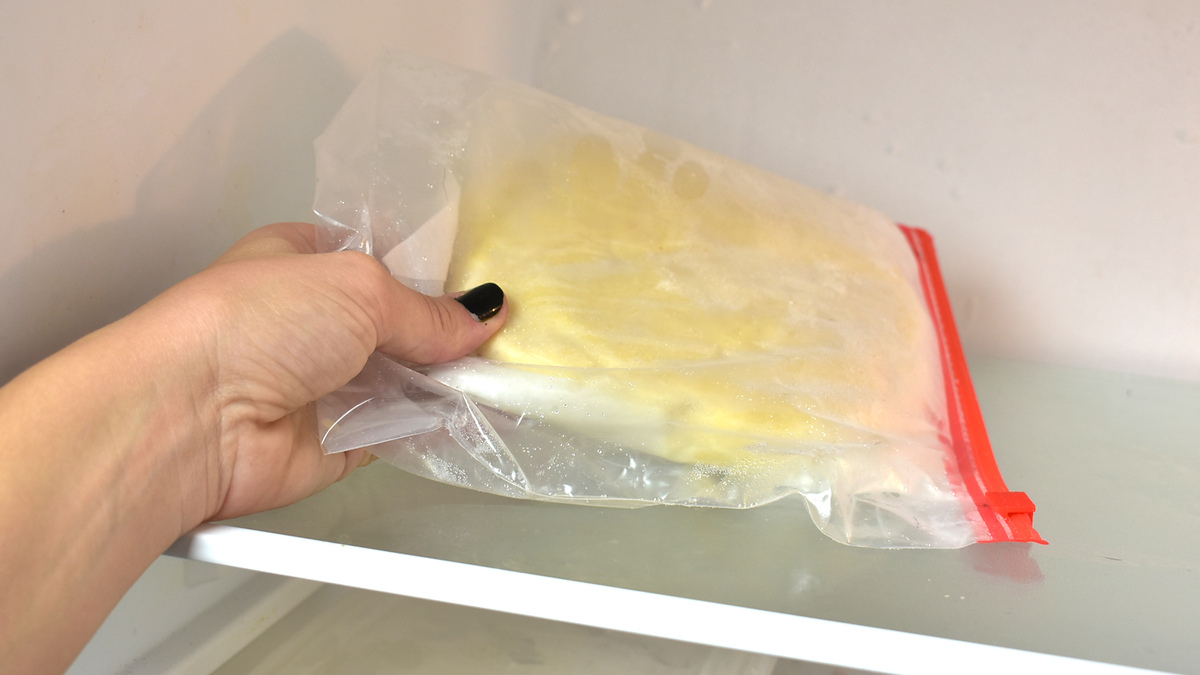





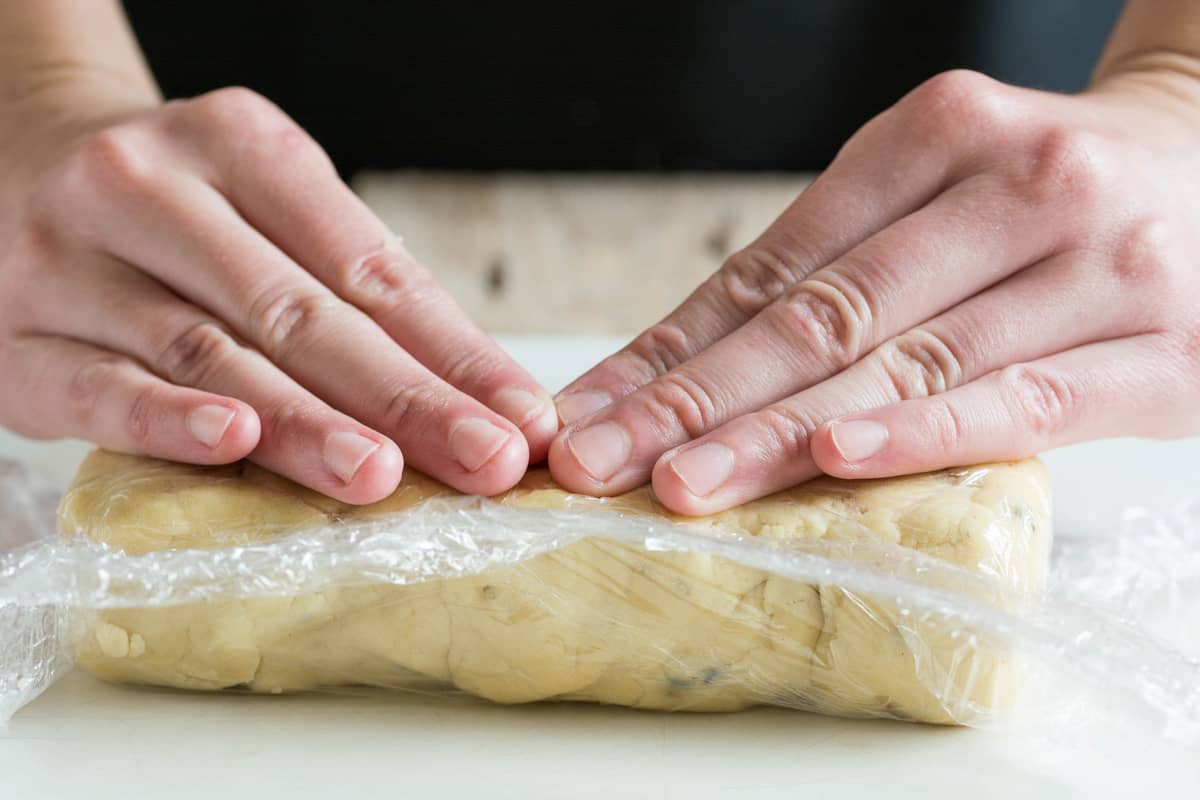




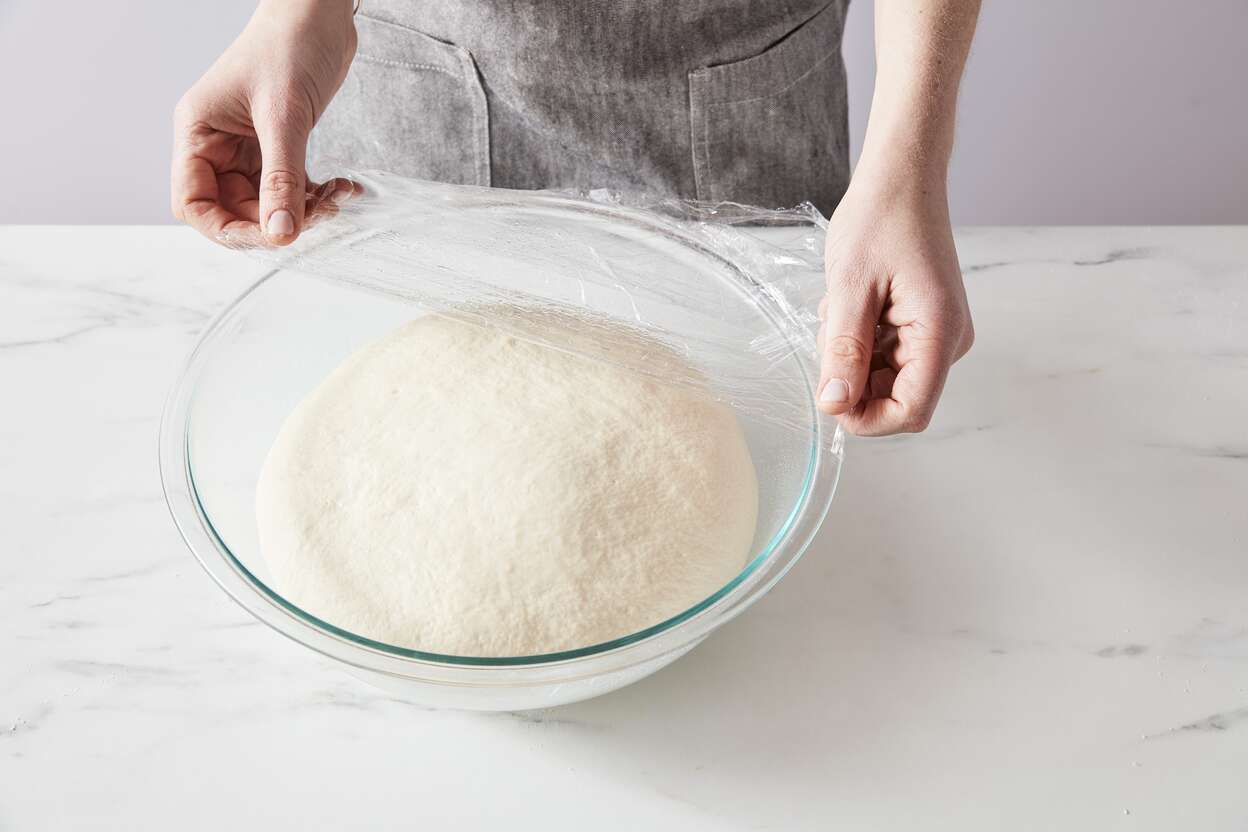
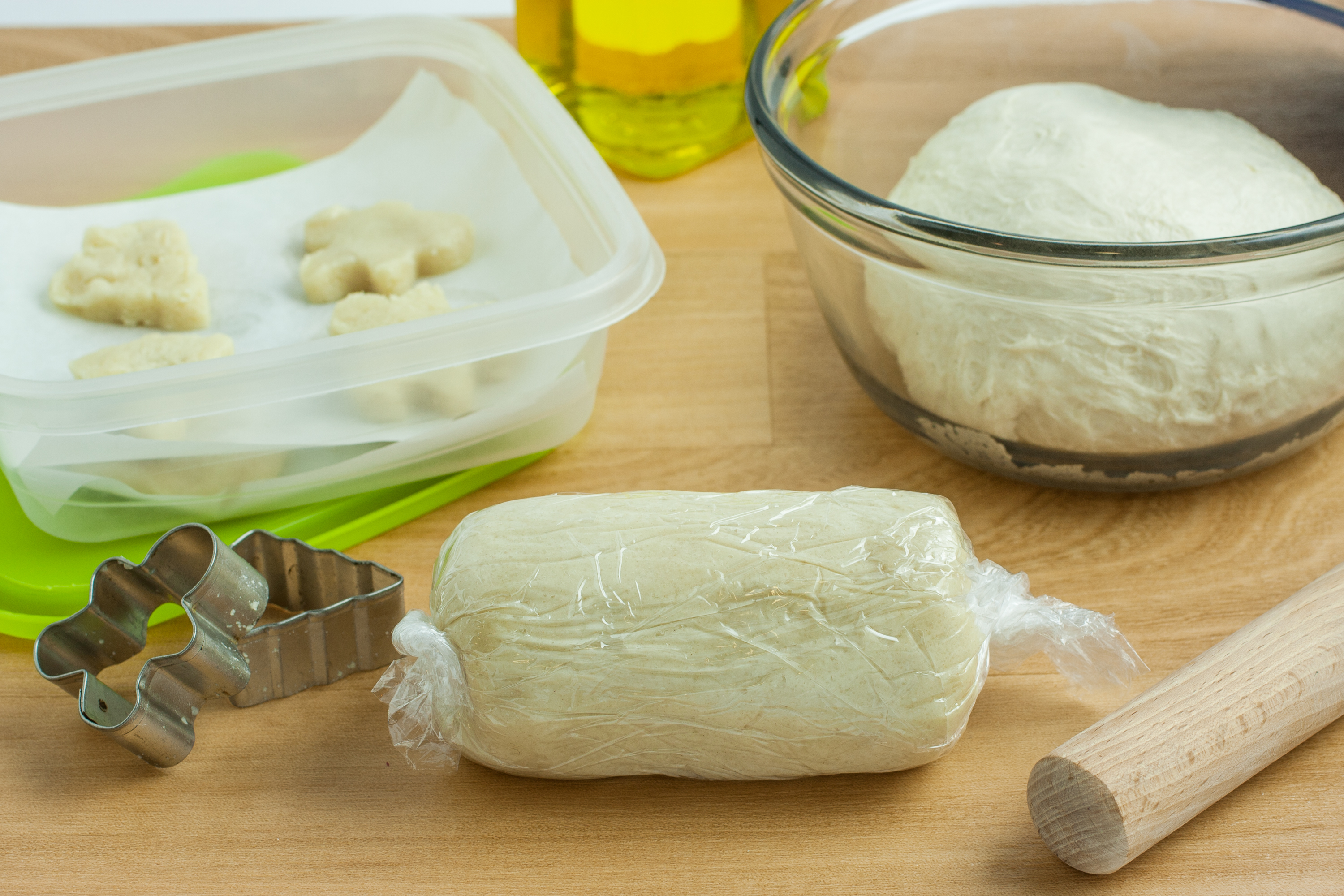

0 thoughts on “How To Store Beignet Dough”